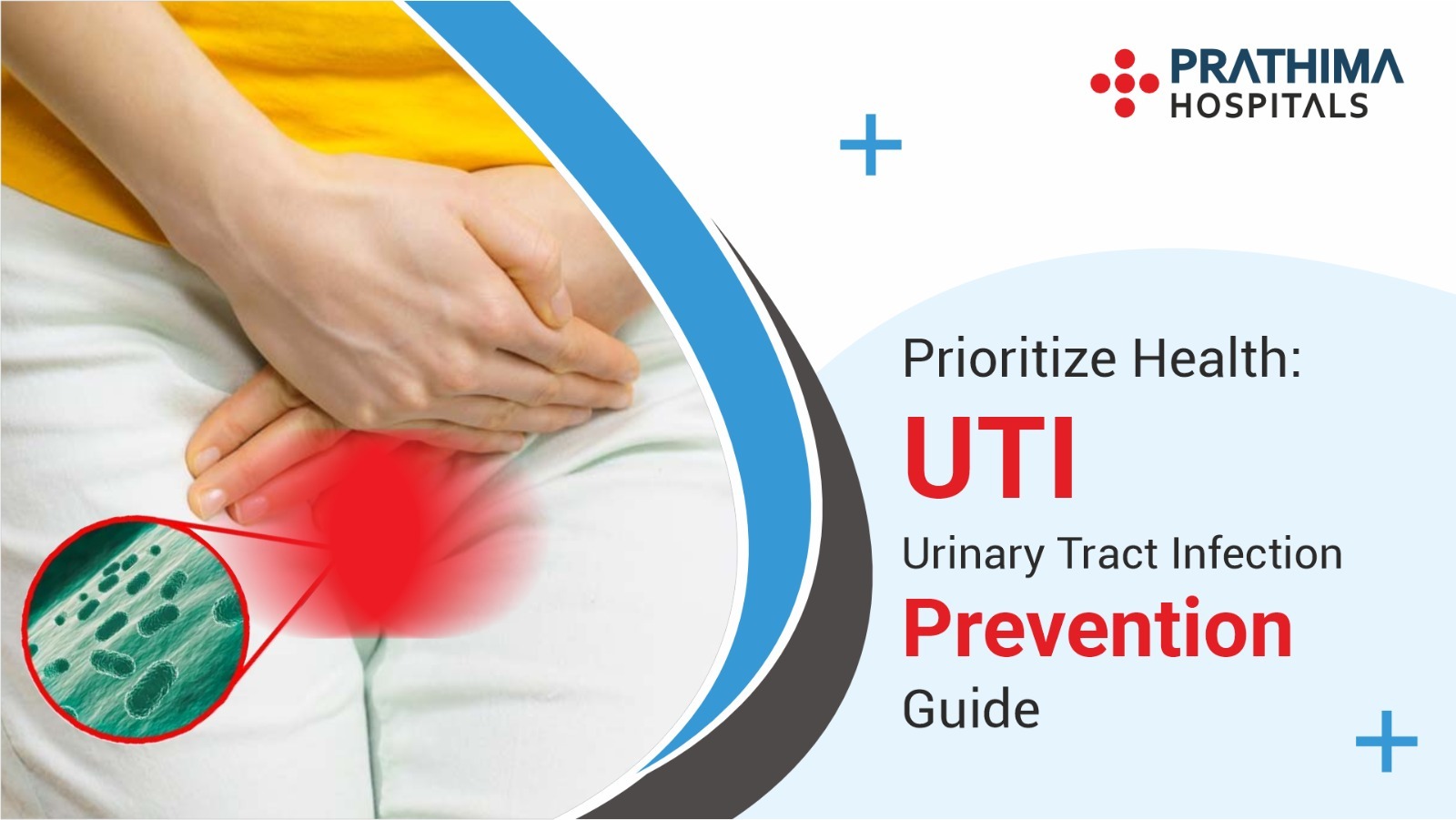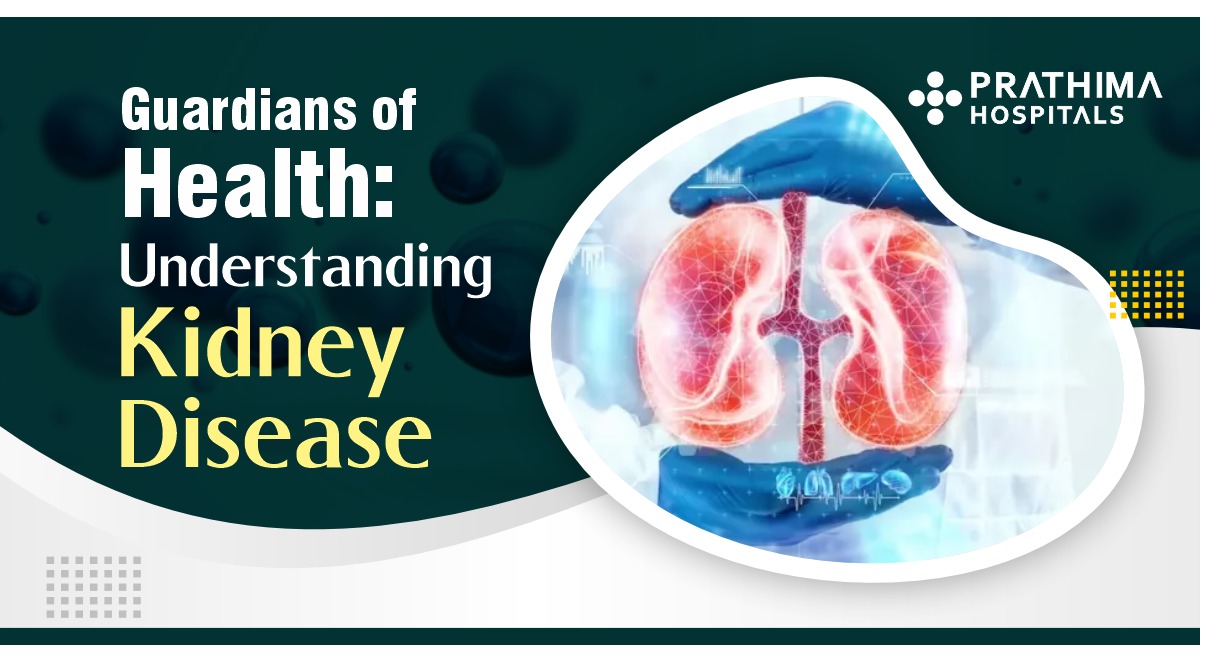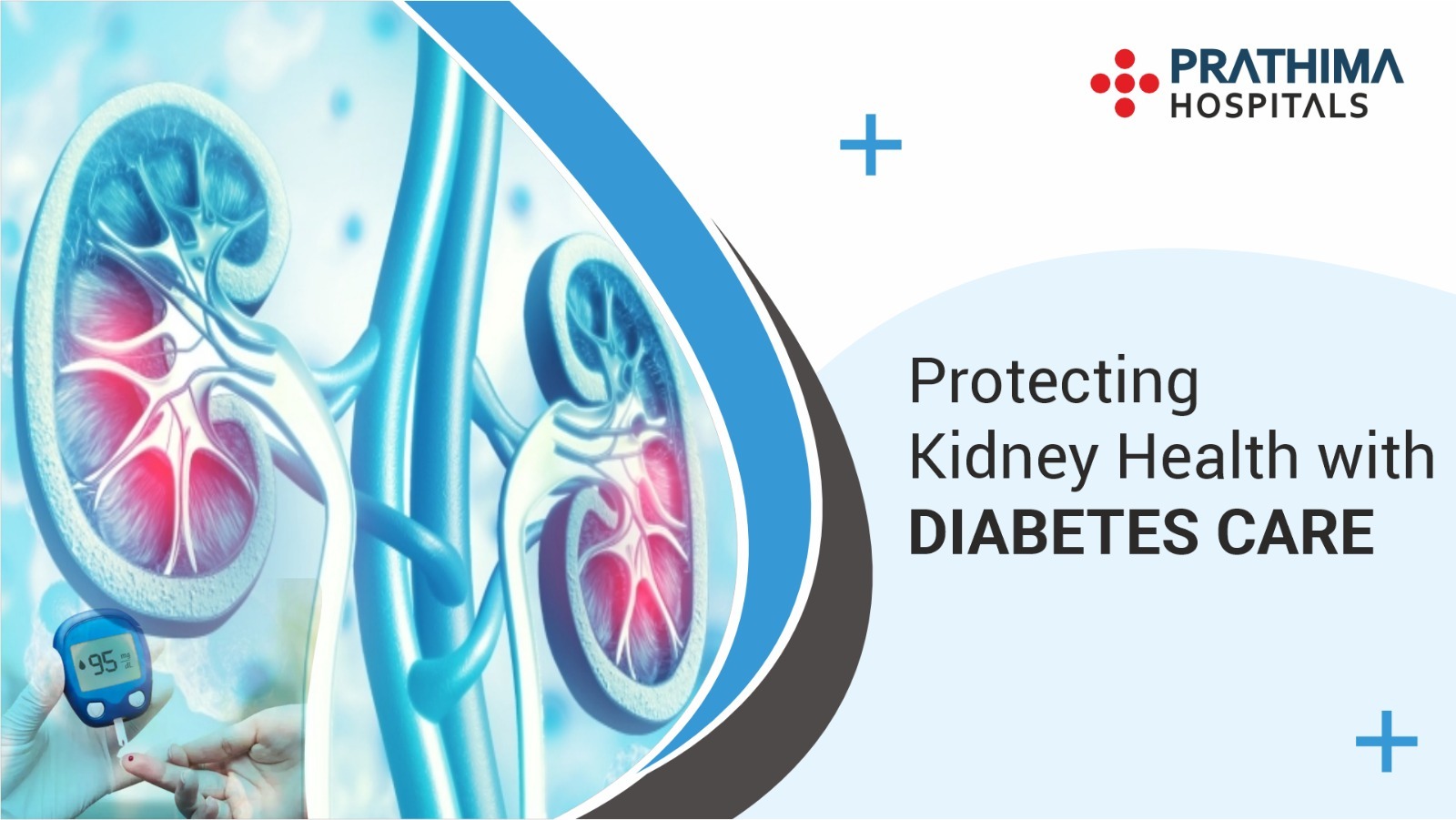Various Advanced Intensive Care Units

Various Advanced Intensive Care Units
INTRODUCTION
Care for patients with acute, life-threatening diseases or injuries falls under the umbrella of the multi-professional healthcare specialty known as critical care, commonly referred to as intensive care. Most of us, either as patients, family members, or friends of patients, will face a critical accident or disease, in such cases critical care hospital in kukatpally, Prathima Hospitals is a great relief.
Anywhere that life is in danger can get critical care, including the scene of an accident, an ambulance, an emergency department at a hospital, and the operation room. However, today’s intensive care units offer the majority of critical care (ICU). Such hospital services may be referred to by a variety of terms, including the Critical Care Unit (CCU), Intensive Therapy Unit (ITU), and Coronary Care Unit (CCU).
In order to provide care that will result in the best outcome for the patient, multi-professional teams of highly skilled and experienced doctors, nurses, respiratory therapists, pharmacists, and other allied health professionals provide critical care. These teams make use of their special expertise, capacity to decipher crucial therapeutic information, access to highly sophisticated equipment, and the support of support staff.
The critical care unit hardly ever receives direct patient admissions. Instead, patients are often admitted from the operating room or emergency department, where they get initial treatment and stabilization. When a patient becomes ill or injured, critical care continues throughout their hospitalization, treatment, and following recovery.
Rarely are patients admitted straight to the intensive care unit. Instead, patients are often admitted from the operating room or emergency department, where they get initial treatment and stabilization. When a patient becomes ill or injured, critical care continues throughout their hospitalization, treatment, and eventual recovery.
How much time can a patient anticipate spending in an ICU?
A patient’s health will determine how long they remain in intensive care, which can range from a few hours to a few weeks or even months.
Often, we consider intensive care to be a transient specialty, which can be true sometimes, as with a heart attack, for instance, when every minute without care is crucial.
For some patients, it is also a long-lasting specialty because they will stay in our services for a number of days, and sometimes weeks, until the damage to the organs is gone and before the patient can be transferred to another facility with a lower level of care.
The advancement of critical care is essential to the advancement of other medical specialties.
Various Intensive Care Unit Types:
A patient may be admitted to a specific intensive care unit at the discretion of the healthcare experts in charge of placing them in the department that is appropriate for them. To learn more about the ICUs or Critical Care in Kukatpally, you can see in a Prathima Hospitals environment, look through this list of units:
Cardiac (CCU or CTU): Patients in the cardiac ICU may have had a cardiac emergency, such as a heart attack or an abrupt stopping of their heart. These individuals may receive medical attention from specialists in the heart, such as cardiologists and cardiac surgeons. For more information visit Best Cardiology Hospital in Hyderabad.
Geriatric: The geriatric ICU’s exclusive focus is on treating elderly patients who are very ill or damaged. These individuals could develop serious infections or need more sophisticated postoperative surveillance.
Isolation: Patients with infectious diseases who need to get care separate from other hospital patients to prevent the spread of their illness should be placed in the isolation ICU. Personal protective equipment (PPE) is often used by healthcare workers in this ICU to protect them from infection.
Medical (MICU): The medical ICU may be the best option for patients who need to be closely monitored and get specialist care. Patients frequently exhibit symptoms of respiratory failure, cancer, overdose, and sepsis.
Long-term: People who require long-term care due to a serious diagnosis may be admitted to the long-term intensive care unit.
Neonatal (NICU): The neonatal intensive care unit (ICU) is for preterm newborns and babies, often up to a year of age, who are in acute distress and need continuous care.
Neurologic (Neuro-ICU): Patients admitted to the neurologic ICU may have a brain tumors, aneurysm, or a stroke. Following a neurological operation, patients may also be admitted to this kind of ICU so that neurosurgeons and other expert professionals may offer additional care and greater supervision.
Pediatric (PICU): Children who are suffering from serious, sometimes fatal diseases such asthma, infections, accidents, near drowning incidents, and cardiac issues are typically in the pediatric ICU. Following a challenging operation that may have an impact on the respiratory system, some kids are brought to the PICU.
Psychiatric (PICU): Patients who are having a severe psychological crisis that renders them a threat to themselves or others are often admitted to the psychiatric ICU. This ICU’s medical staff keeps a careful eye on its patients to ensure their security.
Surgical (SICU): The surgical ICU may accommodate patients who are undergoing or have just had surgery. Typically, this ICU is run by the surgeons who will be providing care to the patient group, allowing them to draw on their critical care expertise as needed.
Trauma (TICU): The trauma ICU is for patients who have had an accident, such as one involving a car, a gunshot wound, or a fall at work, although individuals who have had a challenging operation may also be eligible. In this ICU, medical staff often must maintain patient stabilization and be ready to act in case a patient’s condition changes and emergency intervention is needed.





